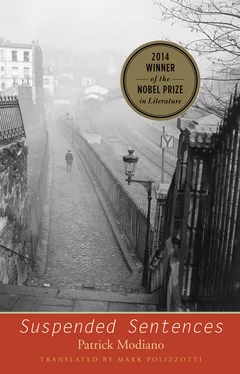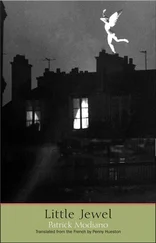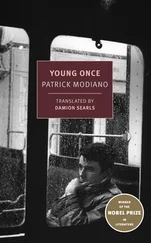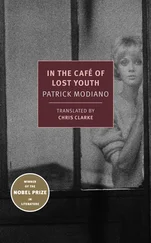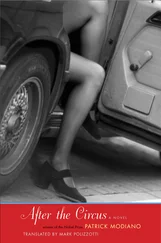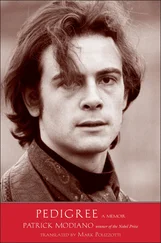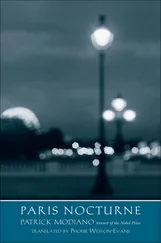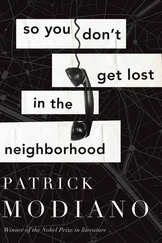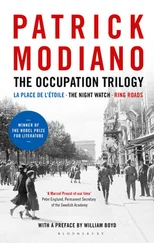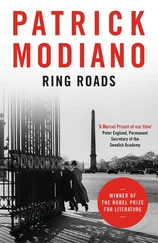I hadn’t moved from the window. Under the pouring rain, he crossed the street and went to lean against the retaining wall of the steps we had walked down shortly before. And he stood there, unmoving, his back against the wall, his head raised toward the building façade. Rainwater poured onto him from the top of the steps, and his jacket was drenched. But he did not move an inch. At that moment a phenomenon occurred for which I’m still trying to find an explanation: had the street lamp at the top of the steps suddenly gone out? Little by little, that man melted into the wall. Or else the rain, from falling on him so heavily, had dissolved him, the way water dilutes a fresco that hasn’t had time to dry properly. As hard as I pressed my forehead against the glass and peered at the dark gray wall, no trace of him remained. He had vanished in that sudden way that I’d later notice in other people, like my father, which leaves you so puzzled that you have no choice but to look for proofs and clues to convince yourself these people had really existed.
Spring came early this year. It was very warm on March 18 and 19, 1990. Overnight, the buds blossomed into leaves on the chestnut trees in the Luxembourg. In front of the entrance to the gardens, on Rue Guynemer, multicolored buses stop and let out Japanese tourists. In rows, they follow an alley to the Statue of Liberty that rises at the edge of a lawn, a miniature replica of the one in New York.
A short while ago, I was sitting on a bench, not far from that statue. A man with silver hair wearing a blue suit walked at the head of a group of Japanese and, in front of the statue, gave them, with movements of his arm, a few explanations in approximate English. I mixed with the group. I didn’t take my eyes off that man; I focused on the timbre of his voice. I thought I recognized the false Pacheco from the time of the Cité Universitaire. He was carrying a travel bag with the TWA airlines logo on it. He had aged. Was it really he? The same tanned skin, as when he’d returned from Casablanca, and the same eyes that were so blue they were empty.
I moved closer to him. I was tempted to tap him on the shoulder and interrupt his spiel. And say, holding out my hand, “Monsieur Lombard, I presume?”
The Japanese took a few photos of the statue, and their group made an about-face down the alley that leads to the gate on Rue Guynemer. The man with the silver hair and blue suit led the way. They climbed into the bus that was waiting at the sidewalk. The man counted the Japanese as they passed in front of him.
He climbed on in turn and sat next to the driver. He was holding a microphone. The Jardins du Luxembourg was just one stop and they had all of Paris to visit. I wanted to follow them on that glorious morning, harbinger of spring, and be just a simple tourist. No doubt I would have rediscovered a city I had lost and, through its avenues, the feeling I’d once had of being light and carefree.
At the age of twenty, I had left for Vienna with Jacqueline of Avenue Rodin. I remembered the days preceding our departure and an afternoon at the Porte d’Italie. I had visited a small kennel at the end of Avenue d’Italie. In one of the cages, a terrier was watching me with black eyes, head slightly cocked, ears raised, as if he wanted to start a conversation and not miss a single word of what I would say. Or else, he was simply waiting for me to deliver him from his prison — which I did after a few moments’ hesitation. Why not take a dog to Vienna?
I sat down with him at a sidewalk café table. It was June. They hadn’t yet dug the foundations for the périphérique , which gives such a feeling of enclosure. Back then, the gates of Paris were all in vanishing perspectives; the city gradually loosened its grip and faded into barren lots. And one could still believe that adventure lay right around every street corner.
